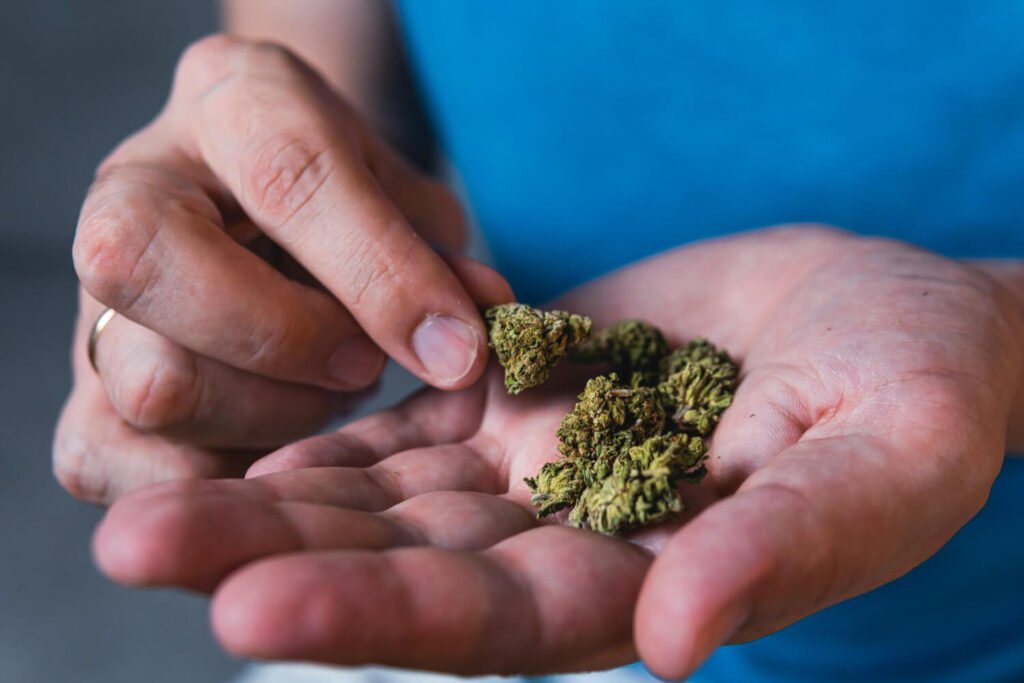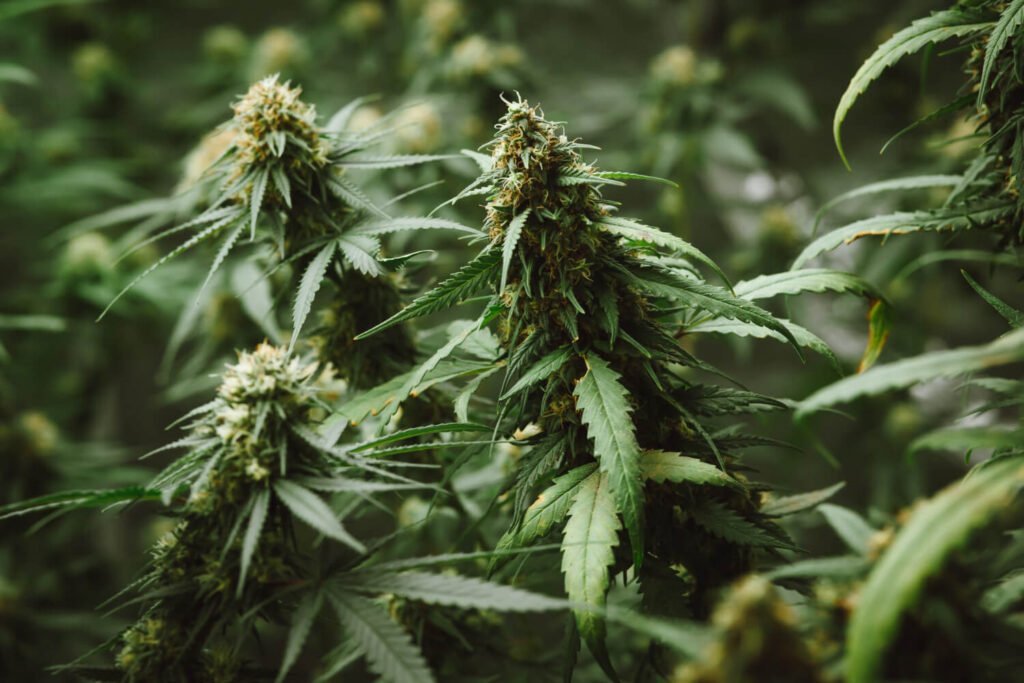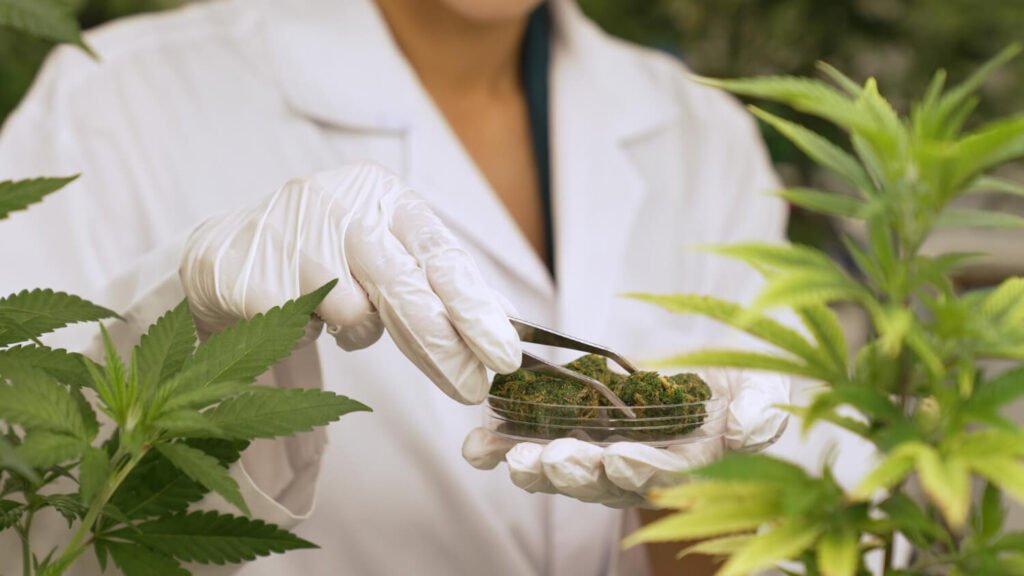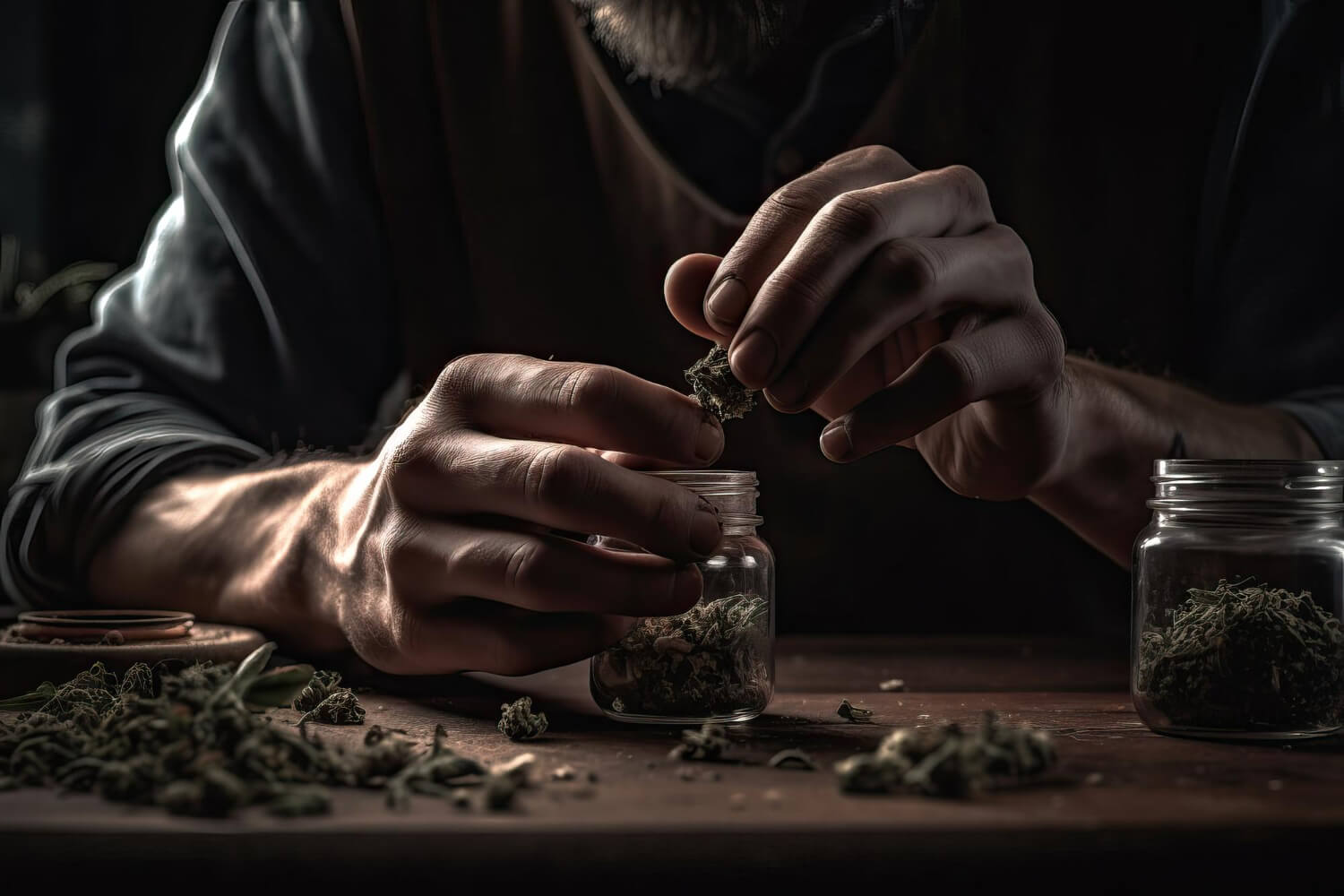In the intricate tapestry of the cannabis culture and its global movement towards acceptance, there lurks a dark underbelly: laced weed. For the uninitiated, ‘lacing’ refers to the clandestine addition of foreign and often harmful substances to cannabis to enhance its effect or increase its weight for profit.
Consuming laced weed can lead to many health risks, some of which can be severe or even fatal. In an era where cannabis use is on the rise and discussions about its benefits and potential drawbacks are mainstream, there remains an urgent need to spread awareness about the dangers of laced products.
As we delve into the heart of this issue, we’ll explore the risks associated with laced weed, how to recognize it, and steps individuals can take to protect themselves. Knowledge is power; in this case, it might just save a life.
What is Laced Weed?
Laced weed is not your garden-variety cannabis. It’s cannabis that has been adulterated, deliberately combined with other foreign substances. These substances can range from relatively benign additives like oregano, meant to bulk up the product, to more nefarious and harmful chemicals like cocaine, meth, or fentanyl. The primary intent is either to intensify the drug’s psychoactive effects or deceive users into thinking they’re getting more product than they actually are.
So, why would someone tamper with marijuana in this way? For dealers, there are primarily two motivations. First, they can increase profit by adding weight to the product with cheaper substances. To an unsuspecting buyer, a denser bag of weed might seem like a better deal. Second, dealers can falsely advertise a superior or unique product by intensifying or altering the drug’s effects with more potent substances. This not only allows them to charge more but can also foster repeat business from users chasing a particular high.
For users who lace their own weed, the motivation often centers on seeking a different or more potent high. Such practices are risky, given the unpredictable effects that can arise from combining drugs.

Common Substances Used to Lace Weed
The process of lacing weed has long been a method for unscrupulous individuals to either enhance the effects of cannabis or increase profits. However, consumers must understand the added risks when various substances are introduced. Here’s a breakdown of common substances used and the dangers they present:
Cocaine
Often referred to as a ‘primo’ when laced with cannabis, the combination can cause increased heart rate, blood pressure, and a feeling of euphoria. However, these combined stimulant effects increase the risk of heart attack, stroke, and respiratory failure. Additionally, the risk of addiction rises significantly when cocaine is added to the mix.
LSD
While it’s not common, some dealers might sprinkle LSD onto cannabis. The hallucinogenic effects of LSD combined with the relaxing properties of weed can lead to an unpredictable and intensified trip. Users may experience severe paranoia, anxiety, or even psychosis. The duration of the high can also be extended.
PCP
Phencyclidine, or PCP, is a dissociative drug. When combined with cannabis, it can lead to extreme hallucinations, violent behavior, and an inability to feel physical pain. These effects can be unpredictable and may result in self-harm or harm to others.
Heroin
Adding heroin, an opioid, to marijuana can intensify the relaxing and euphoric feelings. However, the dangers are profound. Respiratory depression, a common side effect of opioids, is a leading cause of overdose deaths. Combining heroin with cannabis increases this risk exponentially. Additionally, the potential for addiction skyrockets.
Ketamine
Another dissociative drug, ketamine can produce feelings of detachment from one’s environment and self when laced with weed. The combination can result in amnesia, high blood pressure, and respiratory issues. Given the strong sedative effects, there’s also a risk of physical harm due to decreased motor function.
Methamphetamine
Lacing weed with meth, a potent stimulant, can lead to an intense high characterized by increased energy and euphoria. However, the dangers include extreme weight loss, dental problems (“meth mouth”), and a significantly increased risk of heart attack and stroke. Moreover, meth is highly addictive and can lead to destructive behaviors.
Embalming fluid/formaldehyde
Some users seek this combination, mistakenly believing embalming fluid contains PCP. In reality, formaldehyde is a carcinogen and can cause severe respiratory, cardiac, and gastrointestinal problems. It can lead to hallucinations, lung damage, brain damage, and even death.
Fentanyl
This synthetic opioid is 50 to 100 times more potent than morphine and about 50 times more potent than heroin. Even in small amounts, fentanyl can be fatal. When laced with marijuana, users may not be aware they are consuming this powerful opioid, leading to rapid respiratory depression and a high risk of fatal overdose.

Other Unconventional Lacing Substances
While the primary concern with laced weed revolves around hard drugs, several unconventional and sometimes downright bizarre substances have been found in cannabis products. These are usually added to increase weight, alter appearance, or modify the smell. Still, their inclusion can lead to unexpected health issues for consumers.
- Crushed Glass: Dealers sprinkle tiny glass particles onto buds to increase weight and mimic the appearance of trichomes, the crystal-like structures on cannabis buds that contain THC. Consuming glass-laced weed can cause internal injuries to the lungs and respiratory tract. To identify, gently press a bud against a CD; real trichomes won’t scratch the surface, but glass will.
- Laundry Detergent: Used to give the weed a more intense aroma, disguising the lack of potency or to cover up mold. Inhaling its fumes can lead to lung irritation, difficulty in breathing, and long-term respiratory issues. Users can identify this adulterant by noticing a distinctly unnatural chemical smell or by witnessing excessive bubbling when burning.
- Food Coloring: Unscrupulous dealers may use food coloring to make cannabis appear more potent or fresh. Green or purple hues might be added to simulate strains known for those colors. Such dyes can lead to inhalation of toxic chemicals when burnt. The weed may appear unusually vibrant; placing such buds under running water might cause the color to bleed.
- Fuel Additives and Smell Adulterants: To give weed a more pungent aroma or to mask the smell of mold or other contaminants, dealers might use fuel additives or other chemicals. When inhaled, these can lead to various health problems, from lung damage to neurological issues. A chemical or petrol-like smell can be a giveaway.
As the cannabis market expands and evolves, ensuring product safety becomes paramount. Consumers should be vigilant and educate themselves, investing time in understanding the source of their products and learning how to identify potential contaminants.
Recognizing Laced Weed
Recognizing laced weed is crucial for every consumer, given the significant health risks associated with its consumption. While it’s challenging to identify every foreign substance, some general tips can help you steer clear of tampered products.
Physical Appearance
Laced weed often looks different than its pure counterpart. Look for crystals that seem out of place or colors that seem too vibrant or inconsistent. Glass particles, as previously mentioned, can be mistaken for trichomes. Still, a close inspection will reveal their sharp, reflective nature.
Unusual Smell
Pure cannabis has a distinct, earthy aroma. It might be laced if your weed smells chemical-like, overly intense, or just ‘off’ in any way. Pay attention to strong petrol or detergent-like odors.
Taste Test
While it’s not advisable to consume suspicious cannabis, sometimes the taste can be a giveaway. A chemical or metallic taste, or one that’s overly bitter, can indicate adulteration.
Burn Behavior
Pure cannabis ashes are grayish-white. If the ash is hard, black, or doesn’t crumble easily, it might contain contaminants. Excessive sparking or a flame that’s hard to extinguish can also indicate foreign substances.
The increasing legalization and regulation of cannabis in various regions is a move towards ensuring consumer safety. Until then, inspecting your weed meticulously remains an essential ritual.
Always source from trusted suppliers or, if possible, dispensaries with rigorous quality control measures. Remember, it’s always better to be safe than sorry when it comes to substances you ingest or inhale.

Recommendations for Safe Consumption
Navigating the cannabis world can be tricky, but prioritizing safety ensures a positive experience. Here are some guidelines to keep in mind:
- Trusted Sources: Always buy marijuana from a reliable source. Licensed dispensaries, where available, adhere to quality standards and regulations. Even in places without legal dispensaries, establishing a trustworthy connection is crucial. Word-of-mouth recommendations can be invaluable.
- Precautions When Buying: Avoid deals that seem too good to be true. Always inspect the product before purchasing, checking for unusual smells, colors, or textures. Inquire about the strain, origin, and any third-party testing. A genuine seller will transparently answer questions.
- Stay Educated: Keeping informed about common adulterants and lacing techniques helps you know what to look out for. Joining cannabis communities or forums can be a great way to learn and share experiences.
- Response to Suspicion: If you believe you’ve consumed laced weed, don’t panic. Ensure you’re in a safe environment, preferably with someone you trust. If symptoms feel severe or you know you’ve ingested a particularly harmful substance like fentanyl, seek medical attention immediately. Document the symptoms, and if possible, keep a sample of the suspected laced weed for analysis.
Remember, cannabis consumption should be a conscious choice rooted in informed decisions. By staying vigilant and prioritizing safety, users can ensure a more authentic and enjoyable experience.





